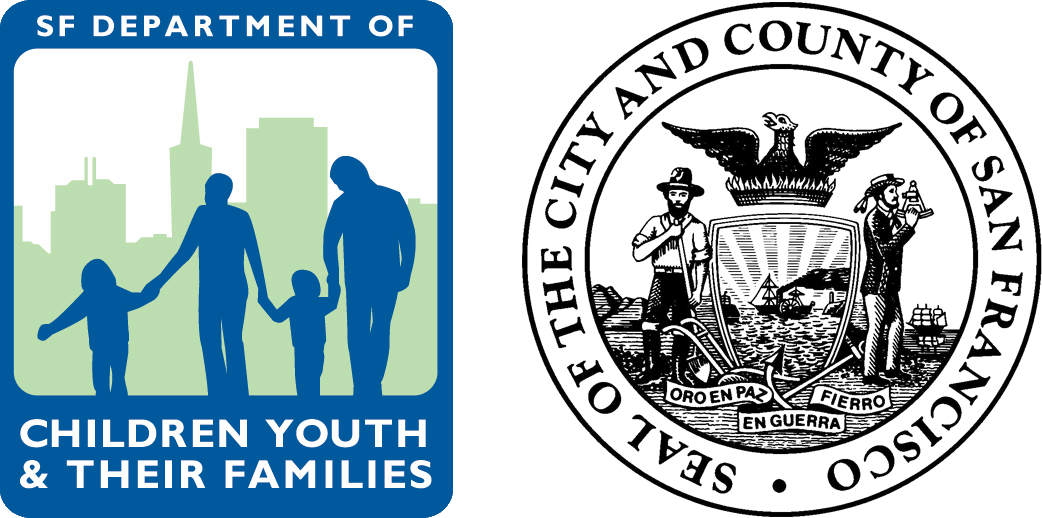SERVICE AREA
Youth Workforce Development
SERVICE AREA DESCRIPTION
The Youth Workforce Development (YWD) Service Area includes a continuum of tiered career exposure and work based learning opportunities that are developmentally appropriate and meet the needs of youth. This continuum encompasses a range of services including opportunities for early career introductions, job skills training, exposure to the private sector and career-oriented employment, and targeted programming for high needs youth. YWD programs are important because they help prepare young people for adulthood by providing opportunities for exposure to career options, teaching skills and competencies that are relevant to both education and employment, and ensuring that young people have the ability to navigate the labor market.
The YWD Service Area includes the following strategies and initiatives: Career Awareness, High School Partnerships, Youth Workforce Development, the Mayor’s Youth Employment and Education Program (MYEEP) and San Francisco YouthWorks.
SERVICE AREA NEED
While San Francisco boasts high rates of school enrollment and/or employment for 18 to 24 year olds (91% in 2015), racial disparities persist. In 2015, 61% of African American youth were enrolled in school or working, compared to 97% of White and 86% of Chinese youth, respectively. The rate for Hispanic/Latino youth is 97%. African American, Pacific Islanders and Hispanic/ Latino children and youth are also disproportionately involved in the justice system. While estimates of the percent of youth with disabilities and undocumented youth are not readily available, anecdotal evidence suggests that the school enrollment and employment rates are much lower for these groups.
Research on youth workforce programming conducted by MDRC, a well-respected social policy research organization, suggests that the effectiveness of such programming is limited due to “selection bias.” Selection bias describes a pattern of program enrollment in which the youth that opt into programming are those with already existing motivations or interests in career development. The research suggests that, in the absence of intervention, these youth would likely have ended up in the workforce and/or a pathway to a professional career. However, the intent of most YWD programs is to serve youth with higher needs who have less motivation or interest in developing job skills and engaging in long-term education and career planning. This decreased motivation or interest has been shown to be linked to an absence of opportunities for exploring diverse career and educational options at an early age. Research also shows that for specific populations, like disconnected transitional age youth, targeted YWD programming that addresses participants unique needs are essential to building long-term interest in engaging in educational and career-related pursuits.
DCYF’s 2016 Community Needs Assessment shows a high demand for YWD services. In 2014, 80% of CBO providers serving youth ages 14 to 17 and 96% of providers serving youth ages 18 to 24 ranked access to jobs, job training, and internships as one of the top three desires of youth. When asked directly, disconnected TAY expressed interest in job‐training programs combined with college degree programs that focus on developing a direct career path to prepare them for an effective launch into adulthood upon completion. They also felt leadership opportunities that empower youth and build practical skills would help set them on a successful path.

